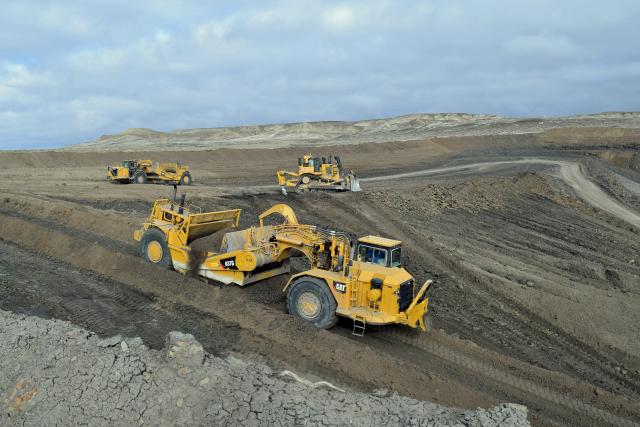BLM announces steps to improve engagement with Tribes, public on mineral development
Organization:
Media Contact:
WASHINGTON – In order to improve transparency and promote early engagement of proposed mining activities on public lands, the Bureau of Land Management issued a new policy today to ensure that Tribal Nations will be notified whenever mineral exploration work is proposed on BLM-managed lands. The policy responds directly to feedback received from Tribal Nations during outreach conducted by the Biden-Harris administration’s Interagency Working Group (IWG) on Mining Laws, Regulation, and Permitting. The policy also follows through on a commitment Secretary of the Interior Deb Haaland made during the White House Tribal Nations Summit in 2022.
Under BLM regulations, exploration that will disturb less than 5 acres of public land can be carried out by filing a “Notice” with the BLM. Such Notice-level operations are not subject to the National Environmental Policy Act, meaning there are no requirements for public or Tribal notification. As a result, many Tribes have reported being caught by surprise when exploration work—which often includes drilling—begins near their lands or in areas that may hold special meaning for the Tribe.
“The Biden-Harris administration is committed to ensuring Tribal Nations and the public at large are provided timely and transparent information about mineral activity on public lands,” said Principal Deputy Assistant Secretary for Land and Minerals Management Dr. Steve Feldgus. “This policy ensures that Tribal Nations are informed at the very beginning of a mining project, allowing for potential conflicts to be identified and addressed as early as possible. It's also crucial that the mining industry takes ownership of early engagement with Tribes, ensuring that projects are built on a foundation of collaboration and respect.”
The Biden-Harris administration’s IWG report led by the Interior Department, Recommendations to Improve Mining on Public Lands, incorporates input from a wide-range of stakeholders, including industry, environmental groups, and labor unions, as well as Tribal Nations, which informed the report’s more than 60 recommendations to Congress and federal agencies. The IWG consistently found that improved engagement with Tribal Nations, communities, and stakeholders regarding potential mineral development could help avoid conflicts and expedite permitting of mineral development projects.
The BLM also announced the launch of a webpage that will make it easier to find mining exploration notices and Plans of Operations filed on public lands on the BLM website. This new webpage also contains tutorials for accessing information on notices and plans of operation, increases transparency regarding mineral activities on public lands, thus increasing opportunities for public and community engagement. The page uses information from the BLM’s Mineral and Land Records System and the National Application Reporting system.
The BLM manages more than 245 million acres of public land located primarily in 12 western states, including Alaska, on behalf of the American people. The BLM also administers 700 million acres of sub-surface mineral estate throughout the nation. Our mission is to sustain the health, diversity, and productivity of America’s public lands for the use and enjoyment of present and future generations.

